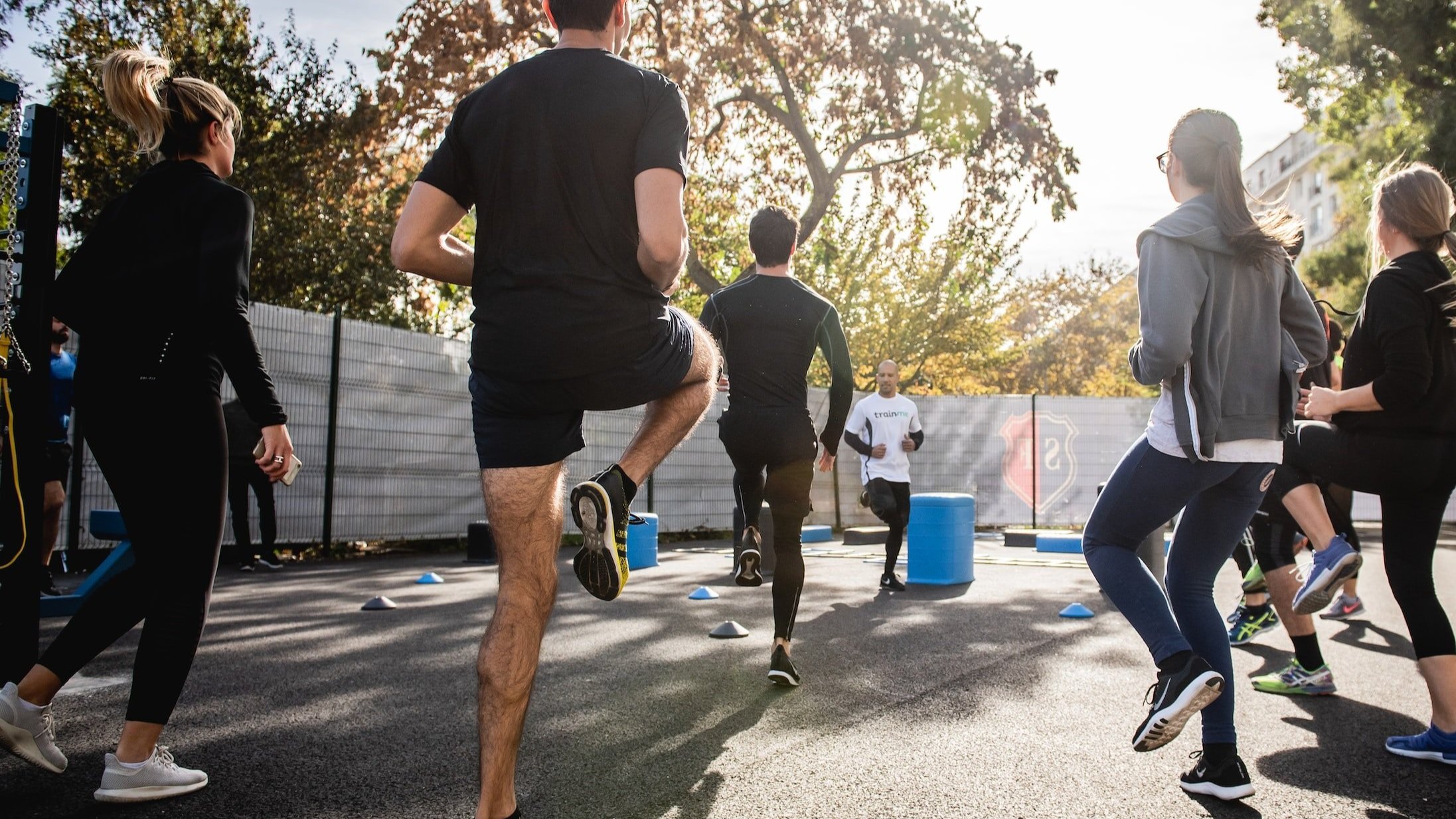
Ried-Larsen group
About us
While increased physical activity is considered a cornerstone in the management of type 2 diabetes, questions about how exercise affects the underlaying disease progression, beyond insulin resistance in the muscle and decreased blood glucose, still remains.
A pill only works if it’s swallowed, and physical activity is not effective unless the patients adhere to it.
Therefore we work towards identifying the most efficient exercise interventions that can alleviate the disease progression as well as developing the support needed to adhere to it for persons with type 2 diabetes.
Thus we ask questions such as:
1) Does exercise add additional health benefits when combined with diet and/or pharmacological treatment?
2) What type of exercise is beneficial (e.g. should the patients perform resistance or aerobic exercise)?
3) To what extend does the volume of exercise matter (i.e. how little can we get away with and still affect diabetes pathophysiology)?
To answer these questions we engage patients in clinical trials where exercise, pharmacology and diets are combined and apply methods such as hyperglycemic clamps, mixed-meal tolerance tests and MRI to learn more about the efficacy in the affected organs.
In parallel we also work with patients, health care professionals, medical doctors, and civil society actors to develop structural support that will help the patients engage and adhere to exercise interventions prescribed during clinical care in municipalities and hospitals. By employing a co-creation approach, we aim to gain a deeper understanding how to guide a partnership of central stakeholders to facilitate the development of methods to implement physical activity interventions spanning from clinic to civil society and link the two sectors for the benefit of the patients. As a specific area of interest we aim to explore the importance of
different digital solutions to support increase physical activity.
By adopting this strategy we hope to decrease the distance between research and clinical care.
Group members
-

Mathias Ried-Larsen
Group leader
-

Cody Durrer
Post Doc
-

Emil N. Schmidt
-

Grit E. Legård
PhD studerende
-

Ida Kær Thorsen
-

Jonas O. Hvidemose
-

Katja Thomsen
Research nurse
-

Kristian Karstoft
-

Laura P. P. Christensen
-

Marie Lønberg Hansen
-
-

Nathalie G. Skougaard
-

Yusuf N. Niedermeier
-

Nina Sloth Nielsen
-

